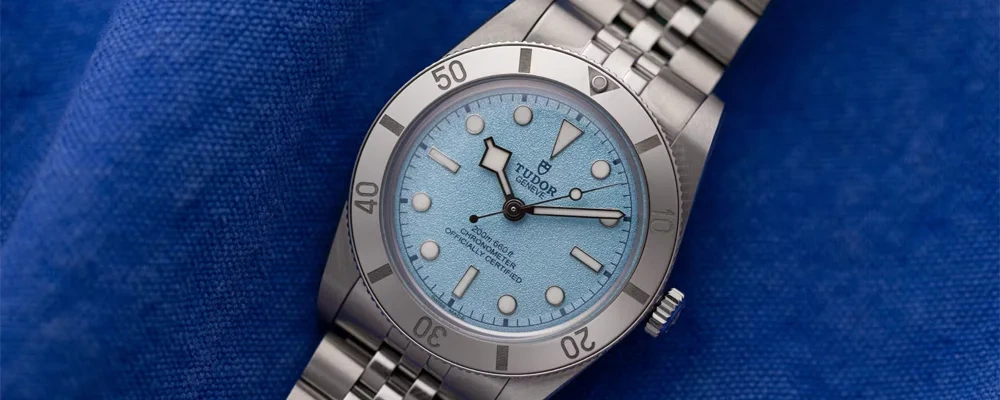Luxury Watches and Crypto: The Pros and Cons of Both
The evolution of the internet has unleashed a wave of opportunities in many sectors, including investing. This shift in dynamics has empowered individuals to directly engage with assets, broadening the spectrum beyond traditional markets. From equities and bonds to currencies and commodities, the landscape now extends to include niche investments like luxury watches and rare spirits. The surge of cryptocurrencies and the emergence of the NFT market are further proof of this expanding frontier.
Photo source: Crew
This democratization of investment has led to a significant shift in public sentiment towards investing. Even those who previously hesitated to explore financial instruments are now venturing into the world of cryptocurrencies, riding the wave of digital currencies like Bitcoin that have soared to unprecedented heights.
Photo source: André François McKenzie
This optimism has started the introduction of alternative investment options, capitalizing on the upward trajectory of markets. Stocks have experienced a bullish run, and the prices of luxury watches have not remained immune to this surge.
Photo source: Monochrome
Enthusiasts of horology have witnessed the remarkable feats achieved by brands like Rolex and Patek Philippe, with certain models reaching astonishing valuations. The recent discontinuation of the Nautilus ref. 5711 in steel, for instance, triggered a surge in street prices, elevating them to five to ten times their original listing.
Photo source: Tech Daily
This speculative surge, not so different from what has been observed in the cryptocurrency realm, paints a picture of a market on a strong upward trajectory. But how long can this continue?
Photo source: Yash Parashar
While both luxury watches and cryptocurrencies represent investment opportunities, they differ significantly in their fundamental nature. A watch is a tangible, physical object, whereas cryptocurrency remains an intangible digital asset. Even though blockchain technology ties crypto tokens to individual identities, the essence of a watch is undeniably more physical.
Photo source: Jingming Pan
A watch procured primarily for investment isn't technically an investment; it is a form of a shelter asset, similar to physical gold. It doesn't yield any returns during its possession. Shelter assets possess intrinsic, tangible value, which tends to stay unchanged or even rise even in periods of market turbulence, economic downturns, or heightened inflation.
Photo source: Braedon McLeod
However, the presence of a speculative bubble, as witnessed in certain watches, can alter this dynamic. Identifying such bubbles isn't always straightforward, as the charm of ever-increasing prices can skew perceptions. As the cardinal rule of investing suggests, it's good to enter a market not when it's soaring, but when uncertainty and caution loom.
Photo source: Dan Farrell
Investing in watches, much like investing in art, requires a nuanced understanding, particularly of minute details that can significantly impact value. In contrast, cryptocurrencies derive their value from the trust vested in them by investors.
Photo source: Diniy Salleh
The recent cryptocurrency crash in late 2022 significantly impacted both markets. Luxury watch prices experienced fluctuations in response to Bitcoin's rollercoaster ride. The luxury watch market, with its foundation in tradition and stability, demonstrated a resilience that the crypto market lacked.
As the crypto market continues to evolve, only time will unveil its trajectory. Luxury watches, with their timeless appeal, remain one of the best asset classes. The intersection of these two worlds provides a fascinating glimpse into the complex interplay of tradition and innovation in the realm of investment.
Related Articles
Richard Mille re-releases their signature model in titanium - is it a good choice?

